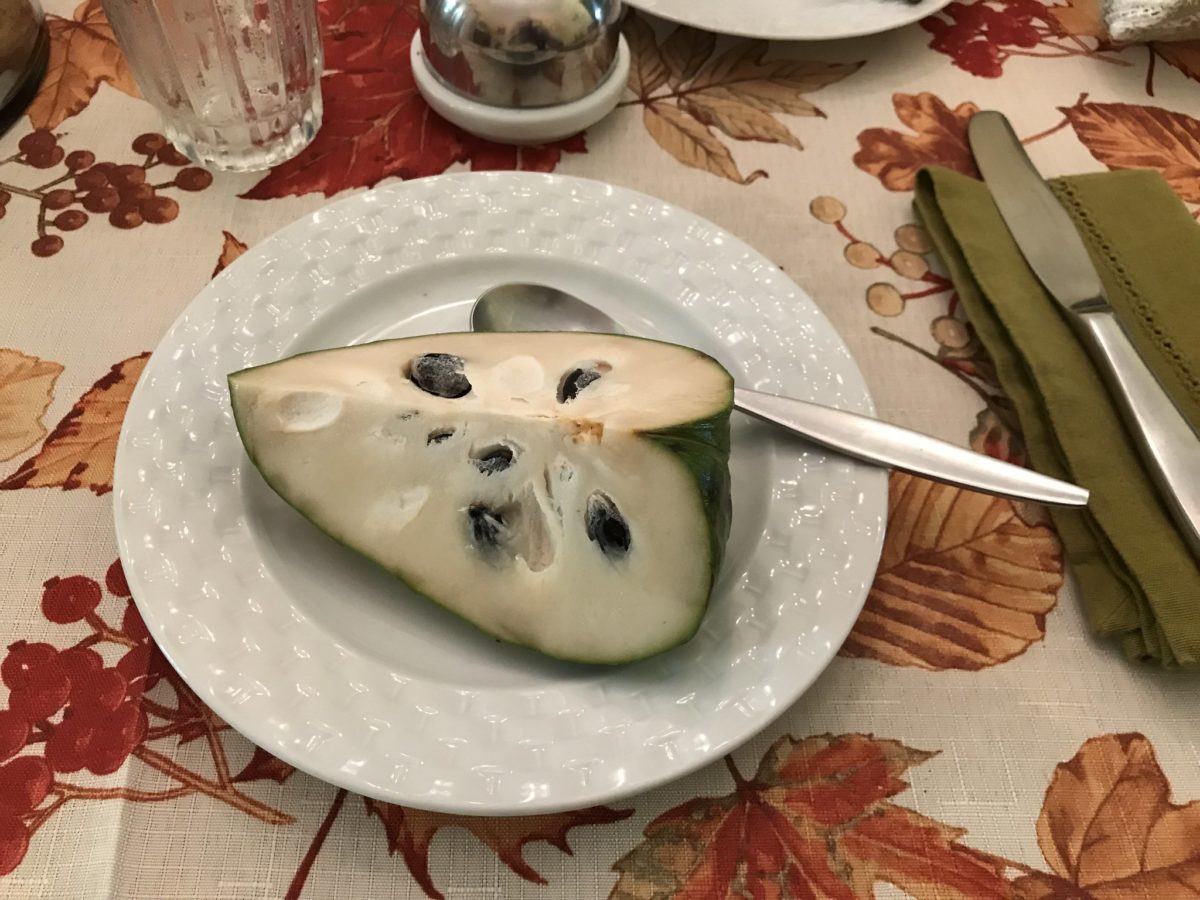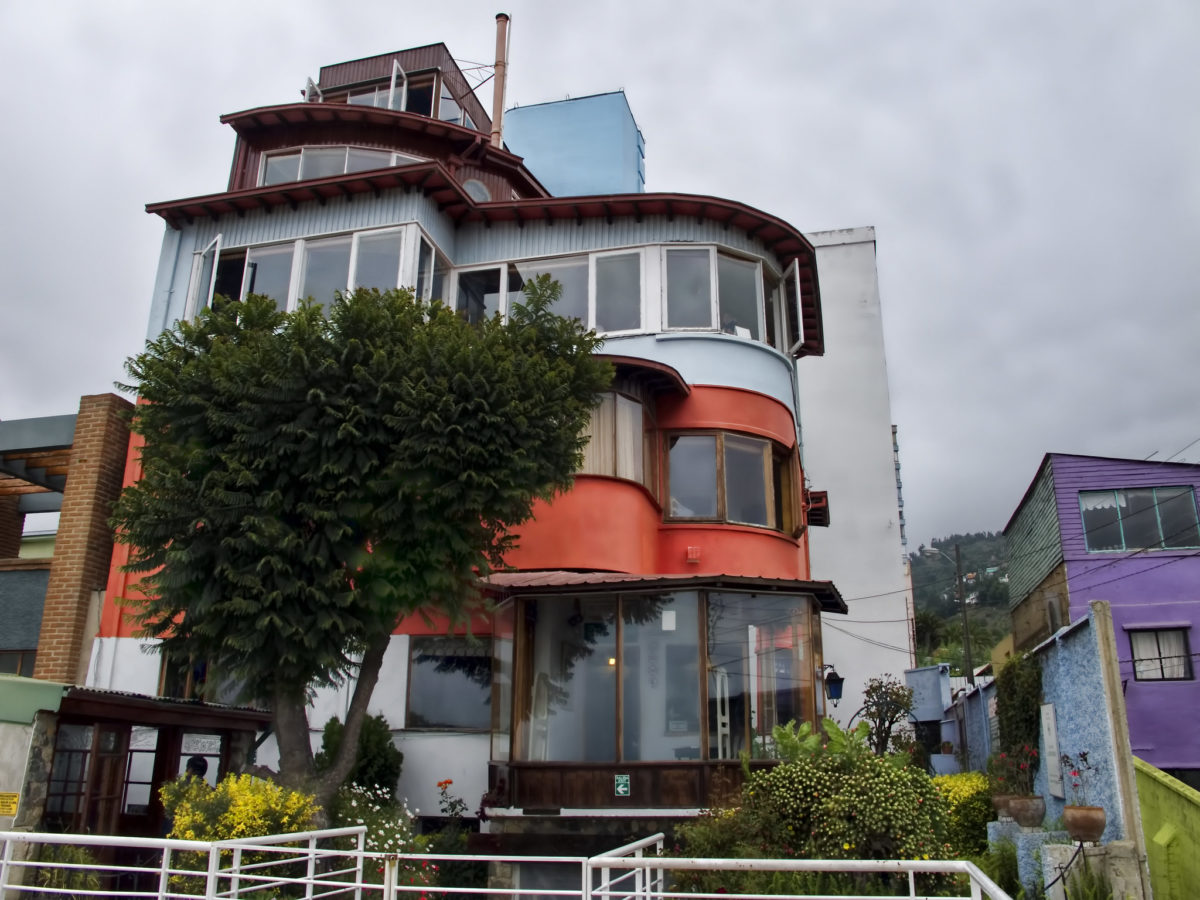Like everyone else, we’re taking a pause from travel to do our part in protecting global health. As the world slows down and we have more time than ever to fantasize about future trips, our travel crushes will seek inspiration in the places we dream of returning to someday. This week, we’re headed to the port city of Valparaíso, Chile, just an hour-long drive northwest of Santiago.
I’ve whole-heartedly embraced canned fish in quarantine. I’ve seasoned tomato sauce with anchovies, paired oil-packed sardines with a six-minute egg and pickled shallots, and am even entertaining the idea of homemade canned escargot (it’s quite simple, really, and the preferred method of French bistros the world over).
And while I appreciate these nonperishable constraints for pushing me creatively in the kitchen, once quarantine is over, I want to make haste to a destination that celebrates pescetarianism in the freshest sense. How delicious does a plump sea bass that falls off the bone sound? What about succulent razor clams broiled right on the shell? Or steamed mussels in an aromatic broth? …I’m sweating.
There are well-known fish-forward locales like the Tsukiji Fish Market in Tokyo, Pike Place in Seattle, or Port de Peche in Morocco, but the port city of Valparaíso, Chile, is catching my attention for more than its highly-regarded fresh fish market and spectacular Chilean seafood.
Valparaíso is Chile’s designated “City of Culture” as well as a UNESCO World Heritage Site. A geographic and architectural marvel perched on 45 seaside hills, the city employs antique funiculars to transport citizens and tourists from the steep hillsides to the basin. Colorful buildings mix European colonial architecture with the experimental constructions of the Valparaíso School, a famous avant-garde architecture hub in the 1960s and 70s. Festivals throughout the year celebrate Chile’s music and arts communities—not to mention the legacy of Chile’s most famous poet, Pablo Neruda.
I’m quite a long way from giving up canned fish, but I’ll be dreaming of the below itinerary until then.
Fresh Seafood (and Fruit!)
I’ve already mentioned my infatuation with fresh Chilean seafood, and I plan to fully indulge at Valparaiso’s Mercado El Cardonal and perhaps a cooking class at the Chilean Cuisine kitchen, where guests are invited to make pebre, Chile’s take on pico de gallo; pisco sours; Chilean ceviche, which is minced rather than thickly sliced; empanadas, and more.
But the city is also known as a major exporter of fresh fruit, and there’s no short supply of Chilean varieties like chirimoya (“custard apple”) or white Chilean strawberries.
Poetic Sight-Seeing
La Sebastiana Museo de Pablo Neruda is perched on a hillside overlooking the Pacific Ocean and the colorful buildings that populate the city downslope. The museum exhibits items of Neruda’s personal effects, offering a glimpse into the fabulous life of Chile’s most famous poet.
Wine Down
For a city as reputable as Valparaíso in the world of architecture, it’s no surprise that there are a number of stunningly constructed hotels to choose from for a nice stay. Casa Puente Hotel Boutique’s brightly furnished rooms and cliffside infinity pool or Hotel Fauna’s modern interiors and popular rooftop restaurant would both make equally suitable homebases, but I’m drawn to The WineBox for its emphasis on sustainable design and, you guessed it, local wine. The WineBox has its own winery onsite, crushing and aging its own grapes for guests to enjoy.










